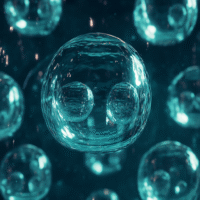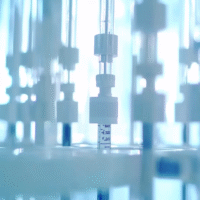Neuroimaging Predictors of Successful Shunting in Hakim-Adams Syndrome
Study Overview
This study explores the effectiveness of cerebrospinal fluid shunting for patients with idiopathic normal pressure hydrocephalus. Over 15% of patients do not see improvement after surgery, prompting investigation into MRI predictors for better outcomes.
Objective
The goal was to compare a new MRI assessment model with traditional methods (like spinal taps) to see which better predicts surgical success.
Methods
We analyzed MRI data and postoperative results from patients who underwent ventriculoperitoneal shunting between September 2022 and April 2024. One group used MRI for surgical decisions, while the control group relied on spinal tap tests. All patients received the same type of surgery.
Results
The study involved 54 patients: 25 in the MRI group and 29 in the control group. Surgery was performed on 21 patients in the MRI group and 20 in the control group. Our findings showed that MRI assessments were just as effective, if not more so, than invasive methods in predicting surgical outcomes.
Conclusion
Using comprehensive MRI evaluations can help avoid unnecessary invasive procedures in some patients with idiopathic normal pressure hydrocephalus.
Clinical Trial Importance
Clinical trials are essential for developing safe and effective treatments. Our AI-driven platform, DocSym, integrates ICD-11 standards and clinical protocols into a single resource for healthcare professionals.
Practical Solutions
In today’s healthcare landscape, efficiency is key. Our mobile apps assist with scheduling, treatment monitoring, and telemedicine, simplifying patient care management.
Value of AI in Clinics
By leveraging AI, clinics can streamline workflows, enhance patient outcomes, and reduce paperwork. Discover more at aidevmd.com.


























